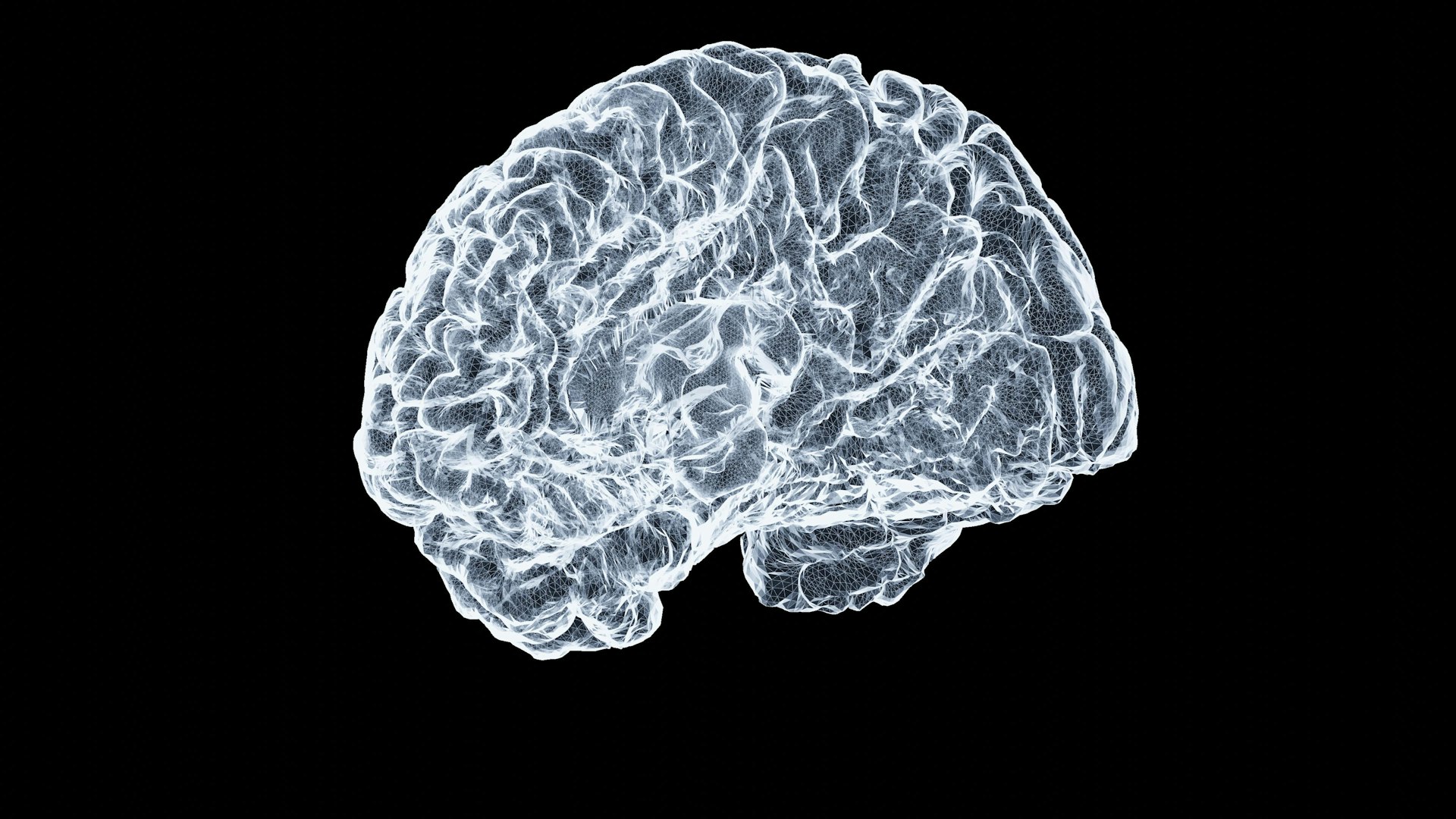Navigating the Ethical Implications of Artificial Intelligence in Education

Photo by – Landsmann – on Unsplash
Introduction
Artificial Intelligence (AI) is rapidly transforming educational systems worldwide, bringing unprecedented personalization, automation, and scalability. However, these advancements also introduce significant ethical challenges that must be addressed to ensure AI serves the greater good within learning environments. This article explores the key ethical implications of AI in education, providing actionable guidance for educators, policymakers, and technology providers. Topics include bias and fairness, data privacy, equity, transparency, and the impact of AI on the teacher-student relationship.
Bias and Fairness in Educational AI
Bias in AI occurs when algorithms produce unfair or skewed outcomes due to limitations in training data, programming errors, or the inadvertent embedding of societal inequalities. In education, biased AI can manifest in automated grading systems that favor certain demographics, admissions algorithms that unintentionally exclude underrepresented groups, or adaptive learning tools that perform better for some students than others [1] .
To mitigate bias, institutions should:
- Regularly audit AI systems for disparate impacts across student groups.
- Ensure diverse and representative data is used in training algorithms.
- Engage interdisciplinary teams-including ethicists, educators, and data scientists-in system design and evaluation.
For instance, when deploying an AI-powered admission tool, administrators can consult with equity officers and use anonymized, demographically balanced data. Continuous feedback loops, where students and educators can report perceived unfairness, contribute to ongoing improvement. While eliminating bias entirely may be challenging, proactive strategies reduce harm and foster trust in AI-driven education [2] .
Data Privacy and Security
AI systems in education rely on extensive data collection-from academic performance to behavioral patterns. This raises concerns about student privacy, consent, and data protection. Unauthorized access or misuse of sensitive information can have lasting repercussions for learners [3] .
To safeguard student data, educational stakeholders should:
- Implement strict access controls and encryption for all student information.
- Clearly communicate data collection practices and obtain informed consent from students and guardians.
- Regularly review data policies to ensure compliance with relevant laws, such as FERPA in the United States.
Institutions can also train staff on responsible data handling and encourage students to understand their rights. When considering third-party AI vendors, request detailed documentation on their privacy practices before adoption. If uncertain about a vendor’s compliance, consult the institution’s IT department or legal counsel for guidance. Data privacy is foundational to ethical AI use in education [4] .
Equity and Accessibility
AI has the potential to make education more accessible and personalized, enabling students to learn at their own pace and providing tailored support. For example, AI-powered tutoring can help students with disabilities or those in remote areas access high-quality instruction [4] .
However, the digital divide poses a significant challenge. Not all students or schools have equal access to the technology and infrastructure required for AI-based education, which can worsen educational inequalities. To promote equity, institutions and policymakers should:
- Invest in universal access to devices and reliable internet connectivity.
- Develop alternative learning pathways for students without access to advanced technology.
- Monitor usage patterns and outcomes to identify and address gaps in access or achievement.
For families experiencing limited access, schools can offer loaner devices, offline learning materials, or community-based digital literacy programs. Policymakers may seek funding from local or federal agencies to expand infrastructure. Equity must remain central to any AI integration plan in education [3] .
Transparency and Accountability
Transparency is essential for building trust in AI systems. Stakeholders must understand how AI tools function, what data they use, and how decisions are made. Lack of transparency can erode confidence and create uncertainty around educational outcomes [5] .

Photo by Nk Ni on Unsplash
Practical steps to foster transparency include:
- Publishing clear documentation on the use and functioning of AI tools.
- Establishing review boards with diverse representation to oversee AI deployment.
- Encouraging open dialogue between students, educators, and technology providers about AI systems and their implications.
Accountability is equally important. Institutions should designate responsible parties for monitoring AI outcomes and handling grievances. When an AI tool makes a significant decision (such as student placement or grading), ensure there is a human-in-the-loop to review and override if necessary. Regular audits and public reporting of AI performance metrics support ongoing accountability [2] .
Impact on Teacher-Student Relationships
AI can automate administrative tasks and provide instructional support, freeing educators to focus on higher-order teaching and mentorship. However, excessive reliance on AI risks weakening the human bonds that are critical for student development. Empathy, encouragement, and social learning are best delivered through direct interaction [4] .
To preserve the teacher-student relationship:
- Use AI to complement, not replace, human educators-especially for tasks that benefit from personal judgment and emotional intelligence.
- Provide professional development for teachers to integrate AI tools effectively and ethically.
- Solicit regular feedback from students on their experiences with AI-assisted learning.
Institutions may offer workshops or training sessions on blending AI with human instruction. For example, teachers might use AI to identify struggling students but retain responsibility for intervention and support. Maintaining a balance between automation and human connection is vital for holistic education [1] .
Implementing Responsible AI in Education: Step-by-Step Guidance
To ethically integrate AI, educational stakeholders should follow these steps:
- Assess Needs and Risks : Conduct a thorough needs analysis, identifying where AI can add value and what ethical risks are associated.
- Engage Stakeholders : Involve students, parents, educators, and technical experts in planning and decision-making.
- Establish Ethical Policies : Develop clear guidelines on data use, consent, bias mitigation, and system transparency.
- Train Staff : Provide ongoing training on responsible AI use and ethical considerations.
- Monitor and Evaluate : Regularly review AI outcomes, soliciting feedback and conducting audits to ensure fairness and effectiveness.
- Adapt and Improve : Adjust policies and practices as new challenges emerge, staying informed on best practices through research and collaboration.
Alternatives to AI-driven approaches include traditional teaching methods, peer mentoring, and blended learning models. Schools can pilot AI tools in limited settings, gather data, and scale responsibly. If concerns arise, consult recognized organizations such as the International Society for Technology in Education (ISTE) or seek guidance from official government agencies specializing in education technology.
Future Directions and Challenges
Ethical AI in education demands continuous vigilance. Challenges such as evolving technology, changing regulations, and emerging risks require adaptive solutions. Collaboration between governments, educational institutions, and technology companies is essential. As research progresses, new frameworks and standards will guide responsible AI use. Stakeholders should prioritize ongoing education in AI ethics for both teachers and learners-professional development programs, curriculum resources, and expert consultation can support this goal [3] .
Key Takeaways
AI offers transformative opportunities for personalized, scalable education, but its ethical implications are complex and multifaceted. Addressing bias, ensuring data privacy, promoting equity, fostering transparency, and preserving human relationships are critical for responsible AI implementation. By following best practices and engaging all stakeholders, educational systems can harness AI’s potential while upholding ethical standards.
References
- [1] Enrollify (2024). Ethical Considerations For AI Use In Education.
- [2] UO Donatus (2024). The Ethical Implications of Artificial Intelligence in Education.
- [3] Akgun, S (2021). Artificial intelligence in education: Addressing ethical …
- [4] James Madison University Libraries (2025). AI in Education: AI and Ethics.
- [5] LiaisonEDU (2024). Ethical Considerations for AI in Higher Education: Ensuring Fairness and Transparency.
MORE FROM yourscholarshiptoday.com













